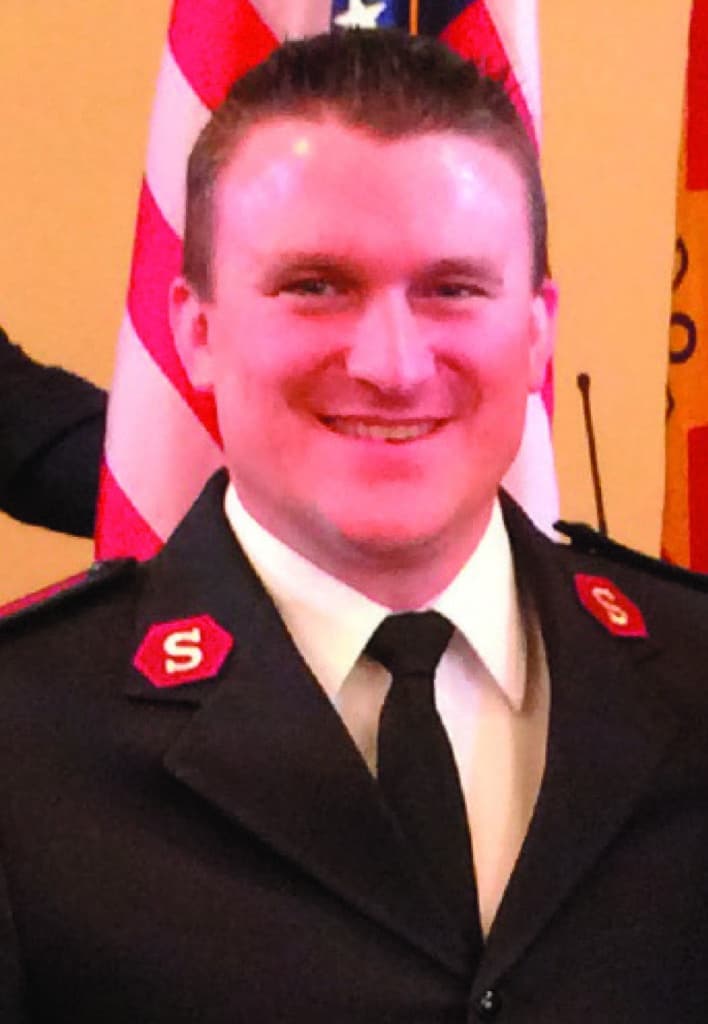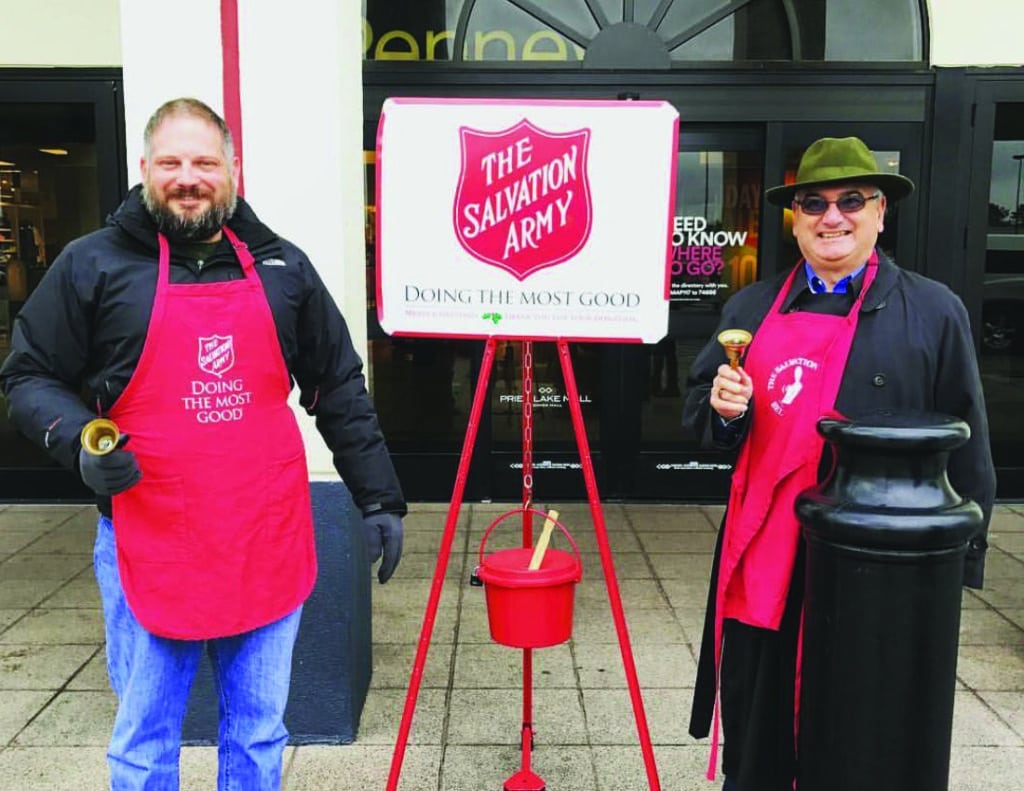The Salvation Army In Southwest Louisiana
By Danny Garrett
The Salvation Army assumes a tangible presence in Southwest Louisiana during the Christmas season. The organization has had a strong foothold in the area for years; its Red Kettle and Angel Tree campaigns, in conjunction with KPLC’s Community Christmas, have brought joy to many Lake Area families in need within this lengthy time frame.
This season, when the Red Kettle bells are a-ringing and giving hearts are donating clothes and toys to the Angel Tree campaign, one may wish to view these Salvation Army programs on another level besides one of cheerful Christmastime benevolence — a view rooted in history.
The Red Kettle
The Red Kettle campaign has been a holiday staple in American society for 125 years, and Southwest Louisiana is a part of that history, coming in the form of Salvation Army volunteers ringing a golden bell and taking donations inside a red kettle outside of Wal-Mart, Kroger, Market Basket and Hobby Lobby.
Lt. Richard Watts, a corps officer at the Lake Charles Salvation Army chapter, heads the local program, and he’s the man to contact if an individual or group desires to volunteer or work for compensation for the Red Kettle program.
One can either donate or work for the program, yet the question still remains: Where did the Red Kettle program come from?
The idea began in San Francisco in December of 1891. Then, Capt. Joseph McFee of the Salvation Army wanted to provide a Christmas dinner for “1,000 poor people,” but he didn’t have enough funds to turn this plan into a reality. He needed to become creative; thus, he mined his memory for an idea.
The mental research returned him to his nautical days as a sailor in Liverpool, England, where there was a large pot for donations on the city’s waterfront docks.
Inspired by the memory, McFee placed a brass urn — with a sign next to it reading, “Keep the Pot Boiling” — at the Oakland ferry landing, asking for donations to fund Christmas dinners for 1,000 individuals in need.
In no time, he acquired enough donations to fund the Christmas dinners.
His idea was so successful that it soon spread beyond the West Coast and into the East, and, of course, it grew beyond that in the 20th and 21st centuries. It’s now an international program, extending into countries like Japan, Korea, Chile “and many European countries.”
Here at home, the Red Kettle Campaign raises more than $144 million a year. Red kettles assist families beyond the Christmas season.
The Angel Tree

Lt. Richard Watts, officer at the Lake Charles Salvation Army chapter, heads the local program, and he’s the man to contact if an individual or group desires to volunteer or work for compensation for the Red Kettle program.
Similar to the Red Kettle Campaign, the Angel Tree is a wildly successful and popular Salvation Army Christmas program in the U.S. and around the world. Here’s how it works: Families in need will visit the local Salvation Army office, 3020 Legion St., and apply for assistance. Children, the Angels, range in age from infant to 12 years old. If a family qualifies for assistance, their gifts will be distributed to them on Dec. 18 or 19, wrapped and organized according to the family’s preference. From the parents? From Santa? The choice is up to the guardians.
The actual Angel Tree is located at the Prien Lake Mall inside the Food Court. The tree has multiple angel tags attached. Each tag contains basic information about a child available for sponsorship: age, gender, clothing size and wish list.
One can pull a tag off the tree, purchase an item or items from the child’s wish list, and return the gift to Prien Lake Mall, The Salvation Army or any Salvation Army- or Community Christmas-designated drop-off area. There are usually several.
Lt. Donna Watts heads this local program, and according to her, approximately 400 families and 1,012 children are the recipients of such Christmastime generosity.
Indeed, it’s an outpouring of communal altruism, and the program’s historical roots derive from a similar altruistic place. The campaign began in Lynchburg, Va., in 1979. Salvation Army lt. colonels Charles and Shirley White worked inside a shopping mall in the City of Seven Hills. There, they provided clothes and toys to children in need.
The Whites rewrote the children’s wish lists on Hallmark cards, which pictured angels, and attached the cards to the Christmas tree inside the Lynchburg mall for shoppers to donate. Hence, the name Angel Tree. Over 700 children had a more joyous Christmas that year thanks to the Salvation Army and those who donated. The tradition continues to this day, with Christmas joy and cheer as transparent as ever.
The Salvation Army had its humble beginnings in 19th-century England, with on-the-street evangelism orchestrated by William and Catherine Booth. Both part of the clergy, they ministered to London’s poor, homeless and destitute.
The organization started small, but now it’s an international non-profit heavyweight that serves the less fortunate. They’re a place of hope at all times during the year, yet it’s difficult to deny how that same hope is magnified during the Christmas season.
















Comments are closed.